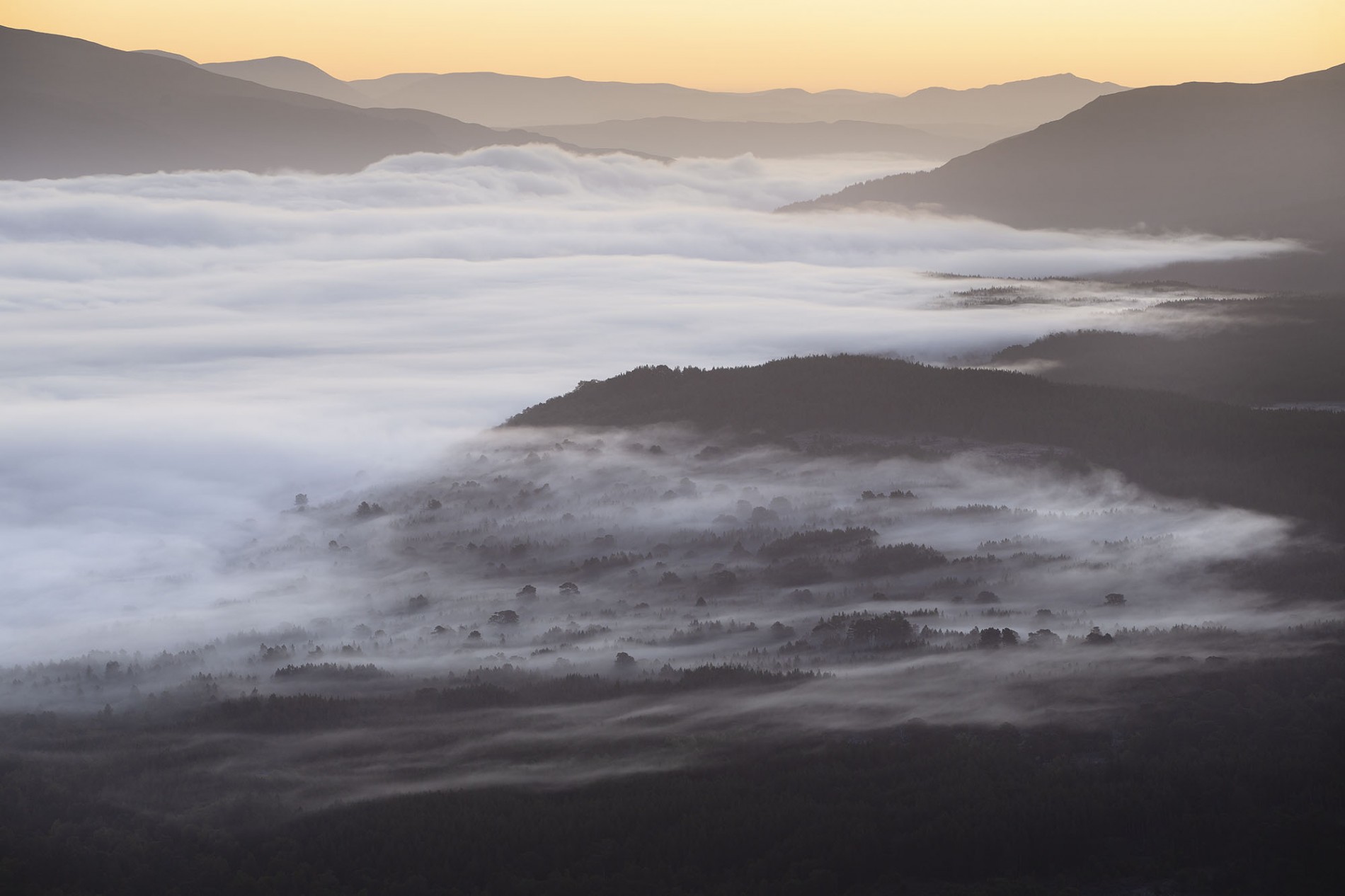

With increasing power demand nationally, six more generating stations were added to the local scheme. The Gaur unit was the first one in Scotland to be automated. Using the cascade system, water is used a number of times to generate power on its way to the sea.
In 1948, the Electricity Supply Industry in Britain was nationalised. The assets of the Grampian Electricity Supply Company and other public producers in northern Scotland were taken over by the North of Scotland Hydro Electric Board. Its challenge was to combine these existing assets with new schemes which would be built over the next 20 or so years, to harness the water power of the Highlands.
Then, as now, new development was greeted with concern for the environment and amenity. Many feared that the construction of power stations and dams would damage tourism which was already a major employer in Scotland.
Today, what was once feared as a threat to tourism, now actually attracts visitors. The dam and fish ladder at Pitlochry, a town which once closed its doors to North of Scotland Hydro Electric Board officials, is now a major tourist attraction, visited each year by over 500,000 people from all over the world.
Allt Mhor Hydro
Many estates and farms had small hydros in the late Victorian and Edwardian periods which ran saw mills and grain mills. These became redundant once electricity was freely available.
And now there is a new small hydro system in Kinloch Rannoch providing green electricity to the grid. You will find the Allt Mhor Hydro a short way up the track behind Brown's Garage. It has huge windows to enable you to see inside and a visual display in the window. This hydro runs up to 350kw of electricity when at full capacity. It takes the surplus water from the burn that feeds the waterfall. The hydro feeds the EV charger next to Brown's Garage.
Several other small hydros have been built around the area recently.